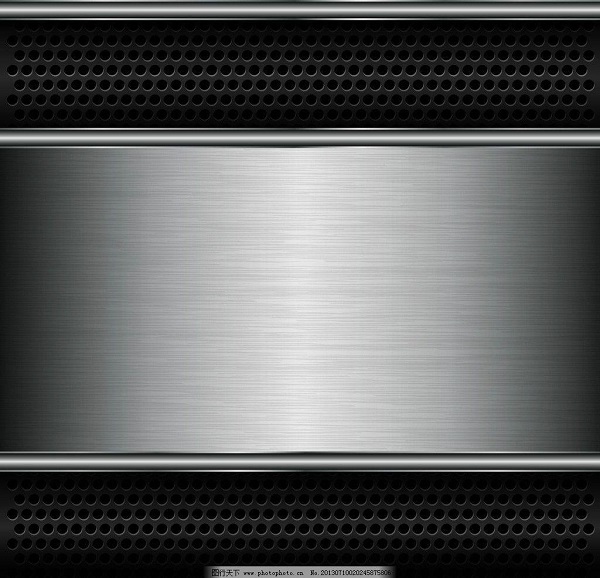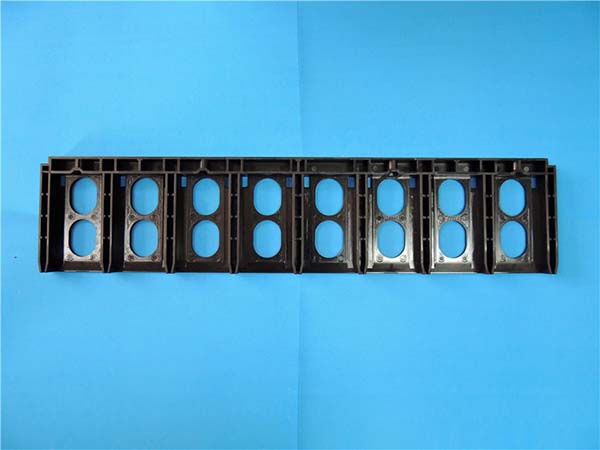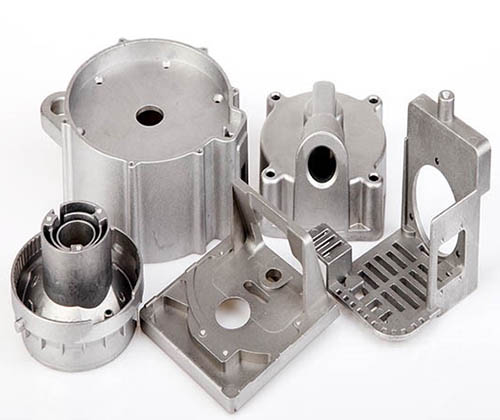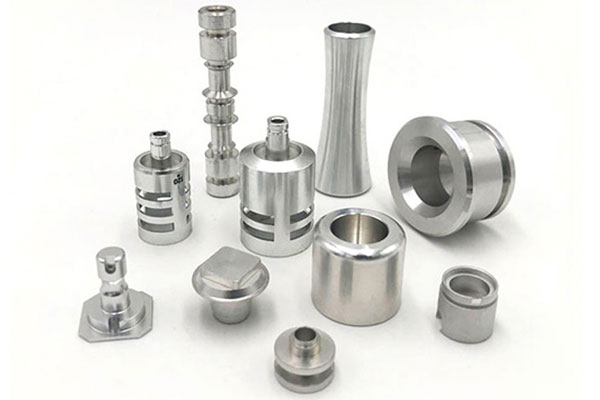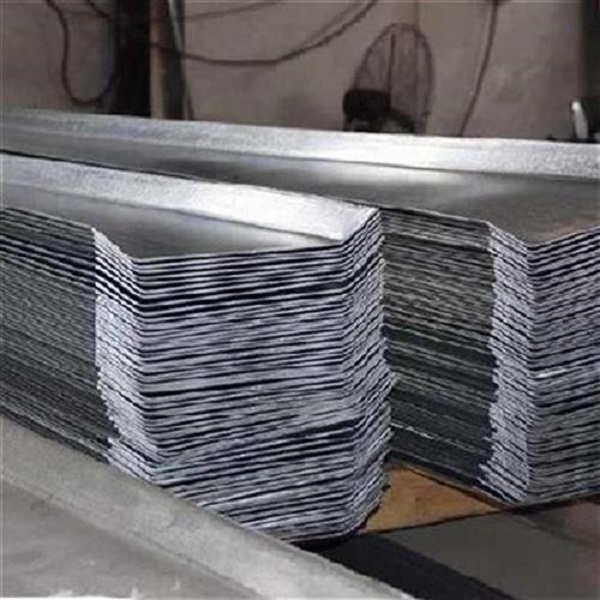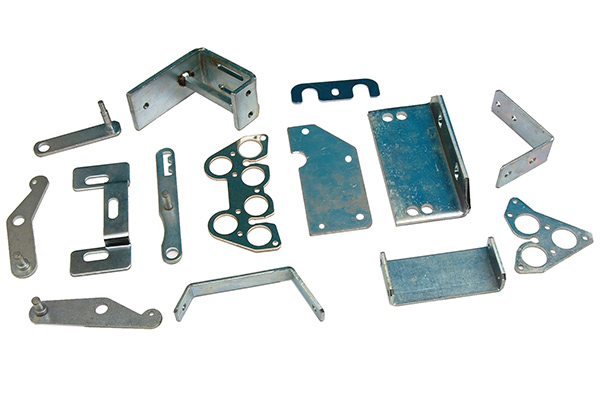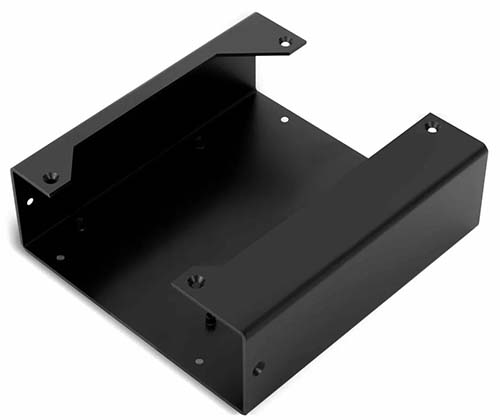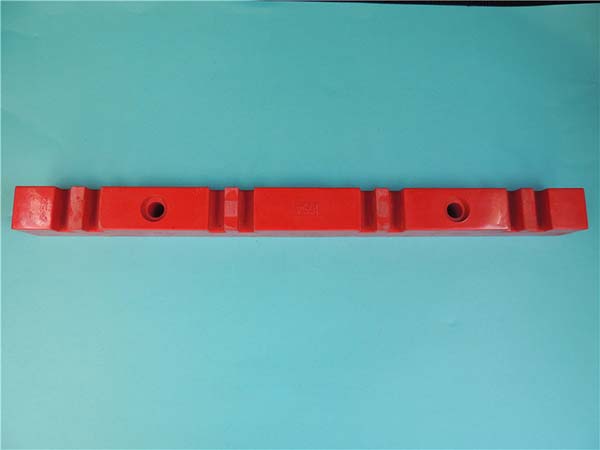If you’re wondering whether custom metal laser cutting is the right choice for your project, or how to make the most of this technology, you’ve come to the right place. Simply put, custom metal laser cutting is a precision manufacturing process that uses a high-powered laser beam to cut, engrave, or shape metal materials according to your unique design specifications. It’s ideal for projects ranging from small-scale prototypes to large-volume production runs, offering unmatched accuracy and flexibility compared to traditional cutting methods like sawing or plasma cutting. Whether you’re in automotive, aerospace, electronics, or even the art industry, this technology can bring your custom metal parts to life with minimal waste and maximum consistency.
How Custom Metal Laser Cutting Works: A Breakdown for Beginners
To truly leverage custom metal laser cutting, it helps to understand the basics of how the process works. At its core, the technology relies on three key components: a laser generator, a beam delivery system, and a computer numerical control (CNC) system. Here’s a step-by-step breakdown of the typical workflow:
- Design Preparation: First, you provide a digital design file (usually in formats like DXF, DWG, or AI) of your custom part. A technician will review and optimize this file for laser cutting, ensuring it accounts for factors like material thickness and laser focal length.
- Material Setup: The metal sheet or workpiece is secured onto a cutting bed—often a flat, stable surface with clamps to prevent movement during cutting.
- Laser Calibration: The CNC system adjusts the laser’s power, speed, and focus based on the material type (e.g., steel vs. aluminum) and thickness. For example, thicker stainless steel may require higher power and slower cutting speeds to ensure a clean cut.
- Cutting Process: The laser generator emits a concentrated beam of light, which is directed through mirrors and a lens to the workpiece. The beam heats the metal to extremely high temperatures (up to 5,000°C for some metals), vaporizing or melting the material along the designated cut path. A jet of gas (usually oxygen, nitrogen, or compressed air) blows away molten metal, leaving a smooth, precise edge.
- Finishing: Once cutting is complete, the part is removed from the bed. Depending on the project, additional finishing steps like deburring (removing sharp edges) or polishing may be done.
A Real-World Example
Last year, we worked with a local automotive parts manufacturer that needed custom aluminum brackets for a new electric vehicle model. Their design required 12 small holes (each 3mm in diameter) and a complex curved edge—details that would have been difficult to achieve with traditional stamping. Using a fiber laser (optimized for metals), we calibrated the system to 2,000W power and 150mm/s speed for the 2mm-thick aluminum sheets. The result? 500 brackets produced in 8 hours with zero defects, and the holes were accurate to within 0.02mm—far better than the manufacturer’s 0.1mm requirement.
What Materials Work Best with Custom Metal Laser Cutting?
Not all metals are created equal when it comes to laser cutting. The effectiveness of the process depends on the material’s thermal conductivity, melting point, and reflectivity (since lasers can bounce off highly reflective metals). Below is a breakdown of the most common materials, their compatibility, and key considerations:
| Material | Compatibility | Ideal Thickness Range | Key Advantages | Common Uses |
| Carbon Steel | Excellent | 0.5mm – 20mm | Low reflectivity, clean cuts, low cost | Structural parts, brackets, tools |
| Stainless Steel | Very Good | 0.3mm – 15mm | Corrosion-resistant, precise edges | Kitchen equipment, medical devices, aerospace parts |
| Aluminum | Good | 0.2mm – 10mm | Lightweight, but high reflectivity (needs higher power) | Automotive parts, electronics enclosures |
| Copper & Brass | Fair | 0.1mm – 5mm | High conductivity/reflectivity (slower cutting) | Electrical components, decorative parts |
| Titanium | Very Good | 0.1mm – 8mm | High melting point, strong (needs fiber lasers) | Medical implants, aerospace components |
Critical Note on Material Thickness
While laser cutting can handle thick metals, there’s a trade-off between thickness and speed/accuracy. For example, a 1kW fiber laser can cut 1mm stainless steel at 500mm/s, but that speed drops to 50mm/s for 10mm stainless steel. If your project requires thick metal (10mm+), opt for a higher-power laser (2kW or more) to avoid rough edges or incomplete cuts.
Key Advantages of Custom Metal Laser Cutting Over Traditional Methods
Why choose custom metal laser cutting instead of older techniques like plasma cutting, waterjet cutting, or mechanical sawing? The answer lies in its unique benefits, which address common pain points in manufacturing—like waste, accuracy, and flexibility. Here are the top advantages:
1. Unmatched Precision and Consistency
Laser cutting achieves tolerances (margin of error) as tight as ±0.01mm for thin metals, which is 5–10 times more accurate than plasma cutting (typically ±0.1mm). This is critical for industries like aerospace, where even a tiny deviation can compromise safety. For example, a client in the medical industry needed custom titanium surgical tools with 0.5mm notches—laser cutting delivered 100% consistency across 200 units, while their previous plasma cutter produced 15% defective parts.
2. Minimal Material Waste
Traditional cutting methods often leave large amounts of scrap because they require wide “kerfs” (the width of the cut). Laser cutting has a kerf as narrow as 0.1mm for thin metals, meaning less material is wasted. For a project using 1m x 1m steel sheets, this can translate to 10–15% more parts per sheet compared to waterjet cutting (which has a 0.5mm+ kerf). Over a 1,000-sheet production run, that’s a savings of 100–150 sheets—equivalent to \(5,000–\)7,500 for stainless steel.
3. Flexibility for Complex Designs
Unlike stamping (which requires expensive molds) or sawing (limited to straight lines), laser cutting can handle intricate designs—think curved edges, small holes, and even detailed engravings—without extra tooling. This makes it perfect for custom projects, like a furniture designer we worked with who needed 3mm-thick steel frames with floral cutouts. We adjusted the design file three times during the project, and each change was implemented in minutes—no new tools required.
4. Faster Turnaround Times
Setting up a laser cutter takes just 30–60 minutes (mostly for design file optimization and material setup), whereas stamping can take days to create and test molds. For prototype projects, this means you can get a physical part in 1–2 days instead of 1–2 weeks. A startup developing a new IoT device recently used our service to test three iterations of a custom aluminum enclosure—they received the first prototype in 24 hours, made design tweaks, and had the final version ready in 48 hours total.
How to Choose the Right Custom Metal Laser Cutting Service
Not all laser cutting services are the same—choosing the wrong one can lead to delayed projects, defective parts, or unexpected costs. To ensure you partner with a reliable provider, follow these four steps:
Step 1: Verify Their Equipment and Capabilities
Ask about the type of lasers they use (fiber lasers are best for metals) and their power range. A service with 1kW–4kW fiber lasers can handle most metal projects, from thin aluminum to thick steel. Also, check their maximum workpiece size—if you need large sheets (e.g., 4m x 2m), make sure their cutting bed can accommodate that. For example, a client once came to us after a previous service failed to cut their 3m-long steel beams because their bed was only 2m wide.
Step 2: Review Their Portfolio and Client Testimonials
Look for examples of projects similar to yours. A service that specializes in automotive parts may not be the best fit for delicate jewelry engravings. Also, ask for references or read online reviews—pay attention to feedback about on-time delivery and defect rates. We share case studies with potential clients, including photos of finished parts and client quotes, to demonstrate our experience with custom metal projects.
Step 3: Ask About Quality Control Processes
A reputable service will have strict quality checks in place. For example, do they inspect parts during production (not just at the end)? Do they use measuring tools like calipers or coordinate measuring machines (CMMs) to verify accuracy? We inspect 10% of parts mid-production and 100% at the end, and we share inspection reports with clients to ensure transparency.
Step 4: Get a Detailed Quote (and Ask About Hidden Costs)
A good quote should include: material costs, cutting time, finishing (e.g., deburring), and shipping. Be wary of services that give vague estimates—they may add extra fees later for “design adjustments” or “material waste.” We provide itemized quotes within 24 hours, and we never charge extra for minor design tweaks (like adjusting a hole size by 0.5mm).
Common Mistakes to Avoid with Custom Metal Laser Cutting
Even with the right service, there are common pitfalls that can derail your project. Here are three mistakes we see often—and how to prevent them:
1. Submitting Low-Quality Design Files
Blurry or incomplete design files (e.g., missing dimensions, overlapping lines) can lead to miscuts. Always provide high-resolution vector files (DXF or DWG are preferred) and double-check for errors. If you’re unsure about your file, ask the service to review it before production. We offer a free design check service—last month, we caught a missing radius on a steel bracket design, which would have resulted in sharp edges that could have injured workers.
2. Ignoring Material Thickness Limits
As mentioned earlier, thicker metals require more power and slower speeds. If you specify a 15mm-thick aluminum sheet but the service’s laser can only handle up to 10mm, the cut will be rough or incomplete. Always confirm the service’s thickness limits for your material before finalizing the design.
3. Skipping the Prototype Stage
It’s tempting to jump into full production to save time, but a prototype lets you test the fit, form, and function of your part before spending money on large runs. We recommend prototyping for all custom projects—even small ones. A client once ordered 500 custom brass electrical connectors without a prototype, only to find the holes were too small for their wires. We had to re-cut all 500 parts, which added a week to their timeline and $2,000 to their cost.
Yigu Technology’s Perspective on Custom Metal Laser Cutting
At Yigu Technology, we believe custom metal laser cutting is more than just a manufacturing process—it’s a tool that empowers innovation. Over the past decade, we’ve seen how this technology has helped small businesses and large enterprises alike turn complex ideas into tangible products. What sets modern custom metal laser cutting apart is its ability to balance precision with speed—something that was unthinkable with traditional methods a generation ago.
We’ve also noticed a growing trend: more clients are using laser cutting for sustainable manufacturing. Because it produces less waste and uses energy more efficiently than plasma or waterjet cutting, it aligns with the industry’s shift toward eco-friendly practices. For example, a recent client in the renewable energy sector used our laser cutting service to create custom steel frames for solar panels—by reducing material waste by 12%, they lowered their carbon footprint and saved $3,000 on a 1,000-unit order.
Our advice to anyone considering custom metal laser cutting? Focus on collaboration. Work closely with your service provider to optimize your design for the process, and don’t hesitate to ask questions about material choices or finishing options. With the right partnership, laser cutting can turn your most ambitious project ideas into reality.
FAQ About Custom Metal Laser Cutting
1. How much does custom metal laser cutting cost?
Costs vary based on material type, thickness, cut complexity, and production volume. For small prototypes (e.g., a 100mm x 100mm steel part), you might pay \(20–\)50. For large production runs (e.g., 1,000 aluminum brackets), costs drop to \(5–\)15 per part. Always get an itemized quote to avoid hidden fees.
2. What’s the maximum size of a part I can have laser-cut?
Most services can handle parts up to 4m x 2m (the size of a standard metal sheet), but some have larger beds for specialized projects. If you need a part larger than this, ask about “nesting” (arranging multiple parts on one sheet) or joining smaller parts after cutting.
3. Can laser cutting engrave metal as well as cut it?
Yes! Many laser cutters can engrave text, logos, or designs onto metal surfaces. Engraving depth depends on the laser power—fiber lasers can engrave up to 0.5mm deep on steel, which is ideal for branding or part numbering.
4. How long does a custom metal laser cutting project take?
Prototypes typically take 1–3 days (including design review and cutting). Large production runs (1,000+ parts) take 5–10 days, depending on the service’s capacity. Always confirm the timeline upfront, especially if you have a tight deadline.
5. Is custom metal laser cutting safe for food-grade or medical applications?
Yes, as long as the material is food-grade (e.g., 304 stainless steel) or medical-grade (e.g., titanium) and the service follows strict cleaning protocols. Laser cutting doesn’t leave residue, and the smooth edges prevent bacterial growth—making it suitable for kitchen equipment or surgical tools.
